7 - Interesting facts about Kodagu/coorg district nobody knows about
The first thing that crosses the mind of people when they speak about the Kodagu district is the tourist locations one can visit. Located just 250 Km away from Bangalore, Madikeri is a weekend getaway place for many Bangaloreans. The place where parents take kids during summer holidays and people from all over the country come to soak in the beautiful view of the mountains and enjoy the cool weather.
Apart from being a tourist location, did you know that the Kodagu district (formerly called Coorg state until 1956 before merging with the Mysore state) was an independent state until 1956? Did you know that the district has the least population amongst all districts in Karnataka? Did you know that Coorgis are majorly agriculturalists but also belong to the warrior clan?
Known for the coffee plantations, the Kodagu district has an essence of its own. One of rich culture and heritage. Traditions from the 16th century, when the kingdom was ruled by the Haleri dynasty continue to date.
On my all-India cycle tour, I happened to stay at a place called Boikeri. Here, I got to meet Prajwal Jayanna who is a resident and current gram panchayat member of Kadagadalu grama.
During my stay at this place, I got to interact with a wide range of people who provided me with a topological view of the Kodagu district. Interesting facts about the district that people would have otherwise not known about.
So, here are some of the interesting facts about the Kodagu district.
Table of Contents
Toggle1. How did the coffee plantation come into being?
Early in the 16th century, the Haleri dynasty King Mudduraja came to then Madikeri and made it his fort. Hence named after him as the Muddu Rajana Keri. During that time, the places surrounding Madikeri was mostly forest area.
The kings of the Haleri dynasty gifted the people who carried the Kings and Queens in the Palanquin (Pallaki), with gold, silver and lands at strategically located places close to Madikeri. The kings asked these people to take as much forest land as they wanted and occupy it for agricultural purposes.
Considering the climate of the location, coffee, pepper, elaichi, and silver oak trees, are grown here.
Some families have 1000s of acres of land even to date.
Interesting fact: Although the entire district is filled with large-scale coffee plantations, the locals do not drink coffee much. Black tea is the preferred choice of beverage. The reason for this is that it is hard to rear cows in this region of the state. Considering that the terrain is extremely hilly, transportation to procure milk is hard and so the best alternative to milk coffee is black tea.
2. The different groups of people who eventually occupied the place
The Palanquin bearers were the Valmiki Nayakas who initially held all the shares of lands around the district. Since that amount of land wasn’t required by any means, as time passed on, the land was sold to people coming in from surrounding places of Karnataka, Tamil Nadu, Maharastra, and Andra Pradesh.
This has made the Kodagu district a vessel of a diverse array of people. Coorgis, Shettys from Tamil Nadu, and Gowdas constitute the major land owners. The bunts, Rai, and Billavas, from the surrounding localities of Tulu Nadu, constitute a smaller group of land owners (Read this article on the ethnicity of Tulu Nadu).
3. Land disputes
Since the land that was handed out during the King’s regime was forest land, and also the contracts from the Kings time were very different from today’s, this has turned Kodagu district into the most land disputed region in entire Karnataka.
According to the Jagir Banu which was a contract signed between the land owners and the King, the land owners are disallowed from selling their property to anybody else. Also according to the Jamma Bane contract, some people were allowed to only cut trees for firewood and graze cattle in the forest. These people have, however, occupied the land since the 1800s and are asked to vacate it by the current government to preserve the forest land.
Lack of land papers and illegal occupation of forest land has turned Kodagu district into a region of large dispute.
4. The issue of labour and Assamese settlements
Since many locals own 100s of acres of land, they need cheap labour to be able to maintain their plantations. The locals who have been the labour class in the district, tend to charge more than the outsiders. This has led to the land owners resorting to outsiders for labour work. Especially from the northern regions of the country. Of the many who have come and settled in the Kodagu district, Assamese contribute the largest number.
Recently, CCL organics which is a major coffee product company in India has sold 2000+ acres of land to the TATA group. In order to maintain land of such large a space, cheap labour is an absolute necessity. TATA being TATA has made it comfortable for the labourers by providing them with residential quarters and provident fund facilities. Large buildings are built for workers who reside in the fields and work there relentlessly every day of the week.
Unlike TATA groups, some of the other plantation owners have not offered such congenial space for these labour-class settlements.
People who own 100s of acres of land only care about cheap labour. They pay the Assamese workers as much as only 390 rupees a day as opposed to the 600 rupees that need to be paid to the local labourers.
Considering that there are not many job opportunities back home, Assamese labourers are flocking to the lands of the Kodagu district. However, at the same time, also live in poor living conditions.
I got the opportunity to visit one of their localities and take a look at their life standards. None of the kids there seemed to have visited school even once. As many as 6 to 8 members in one family slept in a small space where only 2 can reside. For most of us, such living would be considered hell!
The below pictures describe their living standards.


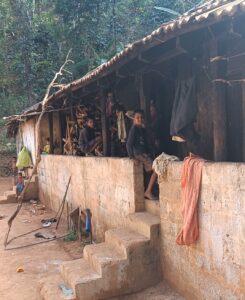
Upon speaking with some of the locals, I obtained a completely different point of view. None of the locals were happy with these Assamese settlements. They all had similar complaints. That the Assamese resorted to stealing and other wrong activities.
I got to hear that there is a big scam going on through consultancy agencies who get paid for bringing in the Assamese people to Kodagu district as labour class people.
Since their population is growing by the day, it has led to Assamese restaurants and some of their local traditions being followed year by year. This is not happy news for the locals who have different cultures and traditions.
Since most of these Assamese labourers are Muslims, the locals complain that they come in large numbers and have a tendency to occupy the space in short periods. They fear that someday these labourers may occupy the place and own land there. Thus, diluting the local culture and heritage.
5. Tourism – A slow poison?
Many of the rich Coorgis who own large shares of lands and have their kids educated, send them off to abroad nations. This has turned continuing agriculture increasingly difficult for many rich landowners.
Since Madikeri and surrounding locations are tourist spots, localities have resorted to constructing resorts and homestays in and around the area. This has caused two major issues.
Dilution of culture
Since agriculture is a harder practice compared to homestays, the lands that the locals own are being sold off to outsiders. This has led to a diverse group of outsiders coming and settling in the Kodagu district, in turn leading to the dilution of culture.
Increase in pollution
The further promotion of tourism has simply led to the space being polluted more and more each day. One can see plastic being discarded on the roads all along the way over the National Highway.
In a small space of a 2 Km radius, one can see a large number of homestays and resorts in Madikeri on Google maps. Today, the district is run by only 5% coffee business and more so by tourism.
As the Kodava people of the Kodagu district belong to the warrior clan, they celebrate the Ayudha Pooja during Dussehra on a grand scale. All this started during the regime of the Kings. The Kings of the Haleri dynasty have established 4 Shakti Devatas in Madikeri which are decorated and worshipped each year during Dussehra.
During this and the summer season when the kids have their summer holidays, there is a huge influx of tourists into the district. Witnessing the Dusshera festival at Madikeri is as renowned as it is in Mysore city.
During these peak seasons, although the place is filled with homestays and resorts, tourists find it hard to get space to stay. This has led them to go in search of local homes to stay willing to expound large amounts of money.
During my stay at Boikeri, I made friends with some local kids who happened to take me to their houses to show me how the local houses are. The houses are traditionally well-built and any of these houses can be converted into a homestay easily. Doing so can earn as much as over 90,000 rupees a month for locals. Which is a large sum of money. This explains why we have a large number of homestays in and around Madikeri.
Shown below are the pictures of how any small house looks in Kodagu district.
Now that the Bangalore to Mysore expressway is open, the next proposition is that if Mysore to Kushalnagar. If this road gets laid out, the tourism of Kodagu district will increase many folds, exaggerating the scenario even further.
6. There is a large diversity of plant species grown in this region
Coorg region covers both the evergreen forest and the deciduous forest of the dry and the wet style. This allows a large variety of plant species to grow in the region, which means many can be used for their medicinal properties.
Overall, 2,964 plants have been found to have ayurvedic benefits in these regions included with the Kerela border.
This was evident right from the time I entered the Kodagu district. As the sun lay high and there was scorching heat, I stopped by a small refreshment shop, where I got to see Mojanti bees for the first time. These bees are extremely rare and their honey is known to have immense health benefits.
7. The Kodava family
The Coorgis follow a patrilineal culture with traditions passed on from generation to generation. Their culture involves worshipping their ancestors and weapons. In fact, Kodavas are the only people in the country who are allowed to carry ammunition without a licence.
At least one member of the Kodava family turns out to be a part of the Indian army. Field Marshall Cariappa is one of the most renowned names in the community.
Apart from their interest in the army, Kodavas have a long history of playing hockey. There have been more than 50 National hockey players from the Kodava families.
Each year a Kodava hockey festival goes on in which more than 200+ Kodava families participate. This event is recognized as the largest field hockey event in the world and has been mentioned in the Guinness world records.
At the time I was passing Madikeri, I got to meet Kishore Appacha a Kodava who was participating in the event this year. I was told as many as 330 families were participating in this year’s event surpassing their previous world record.
As much as only 50 Km away from the Kodagu district, the culture and traditions flip entirely. People and their habits change tremendously. To read about the cultures of the Dakshin Kannada district, head to this article.
I am a 31 year young PhD graduate who has decided to travel the length and breadth of India on my cycle, to document the journey of meeting a vast array of people. In my journey, I intend to understand the characteristic features of the people of this nation and categorize them based on their demographics, age, profession, gender, traditions, and cultural differences.
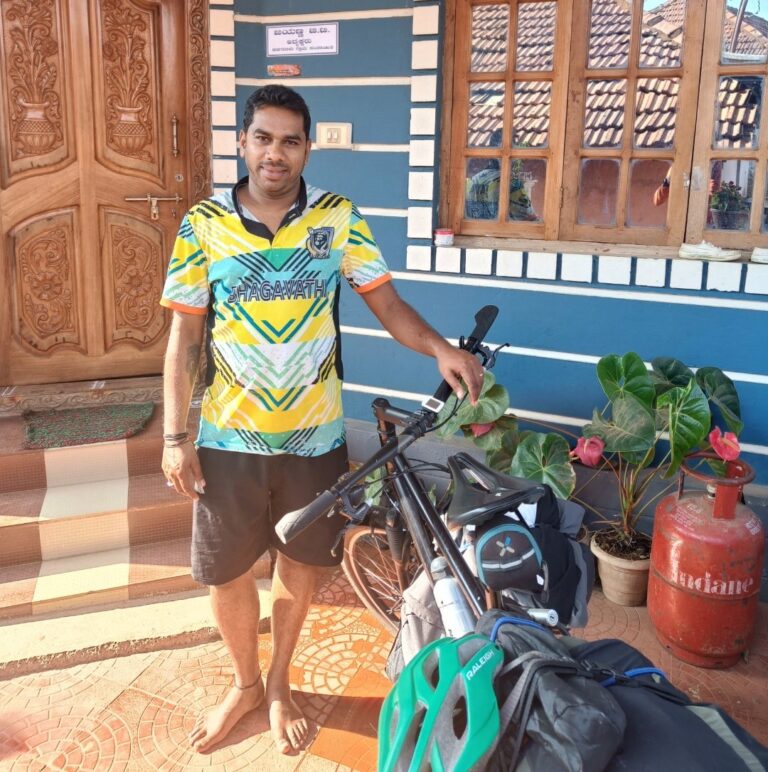
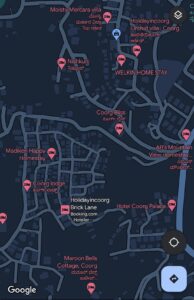
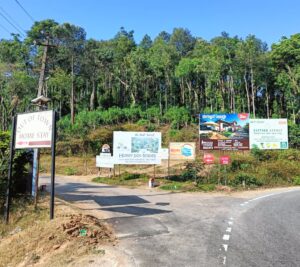
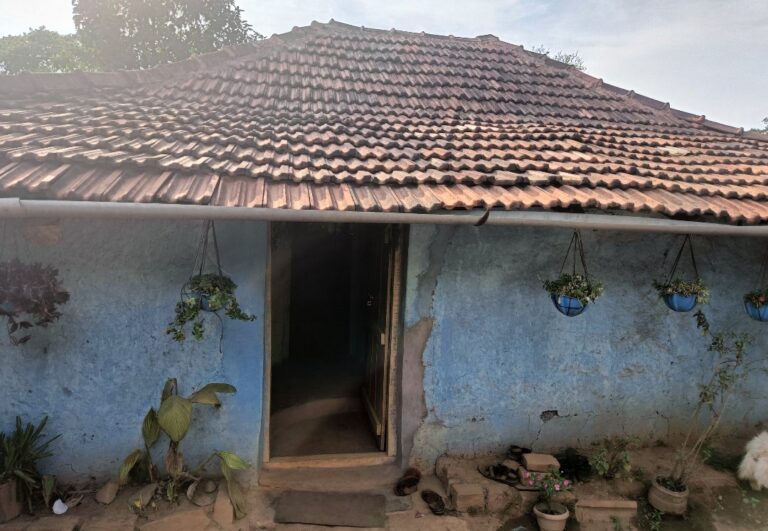
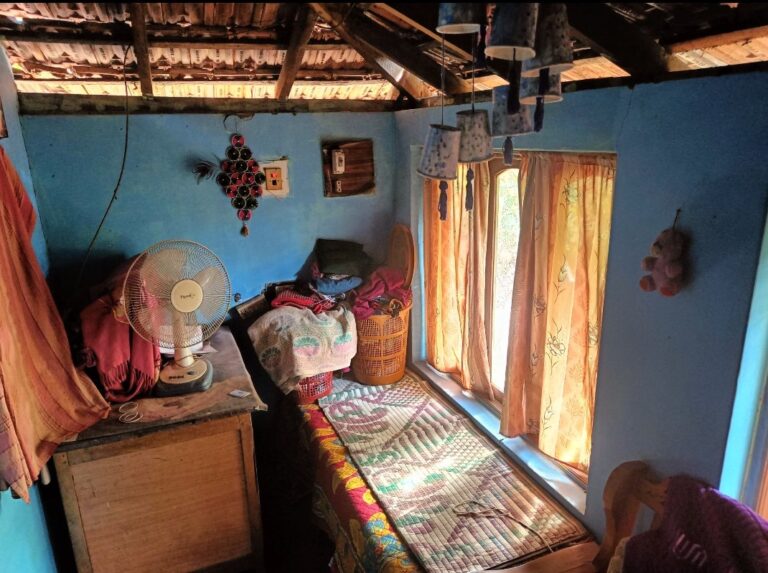
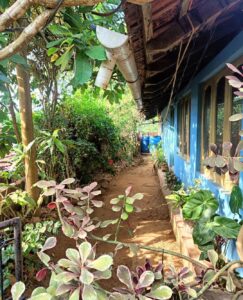
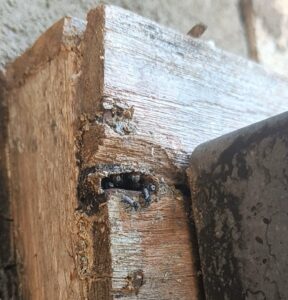
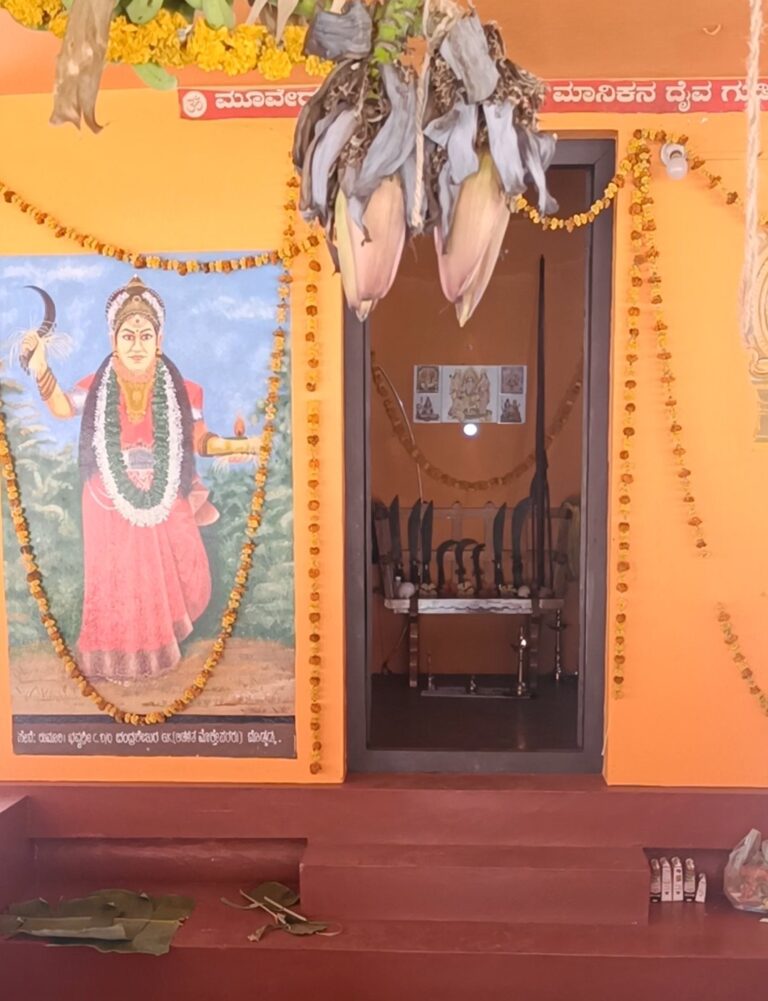

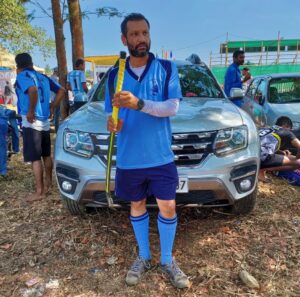
Amazing post. You have covered so many topics in this post. Loved it.